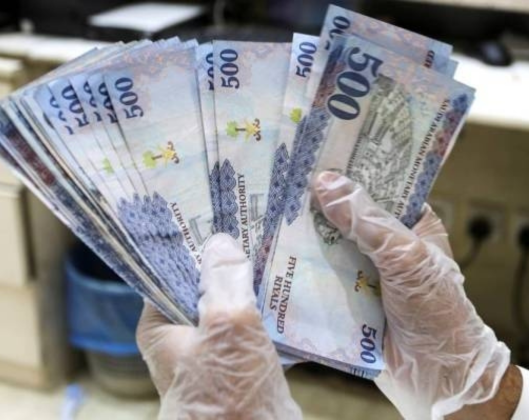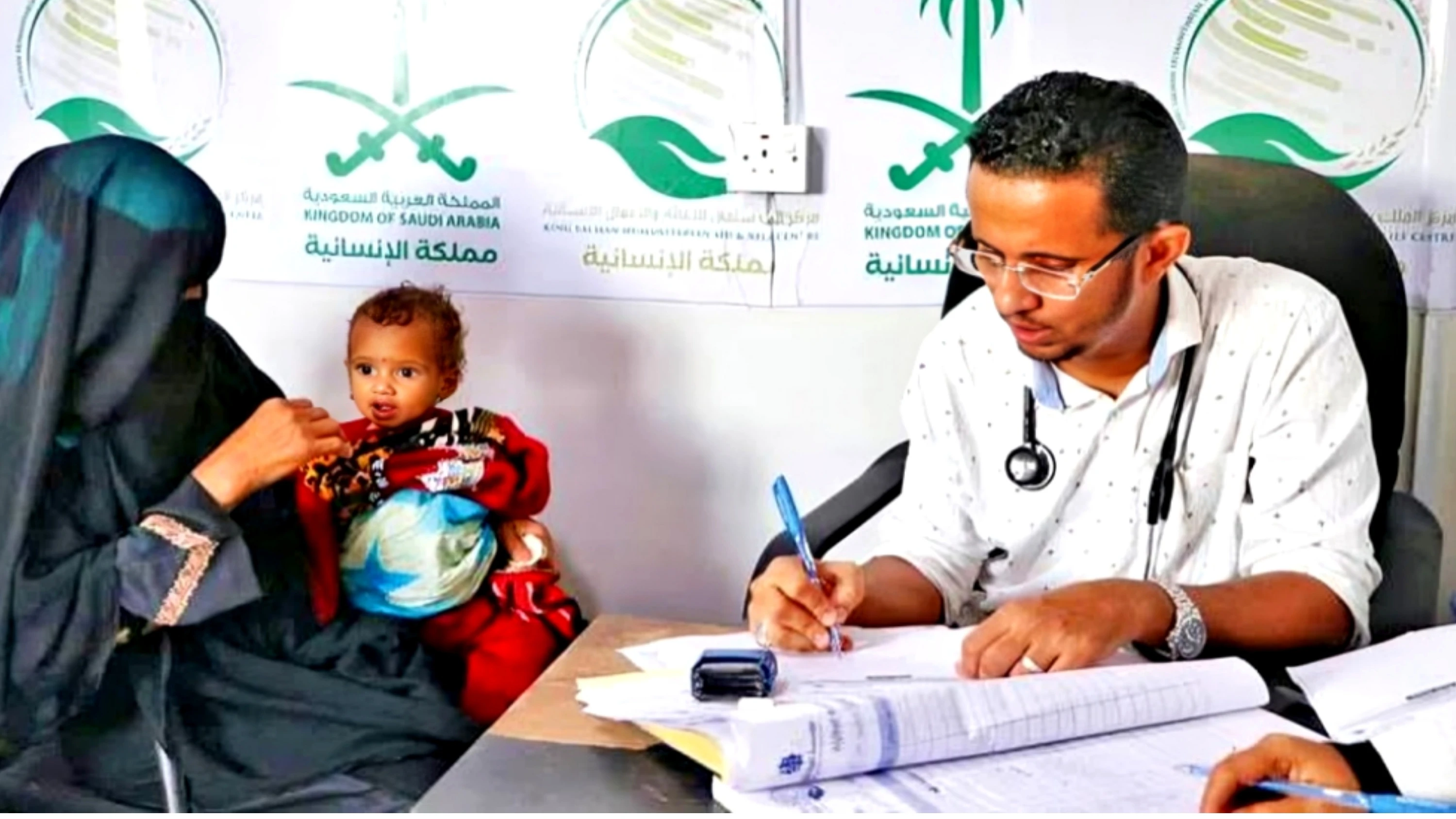Source Credit: Saudi Gazette
Saudi Arabian expatriate remittances significantly increased in 2024, totaling SR144 billion ($38.4 billion), a 14% rise over the previous year. This is the greatest level in the last two years.
Several factors contributed to this increase:
- Economic Growth: The Vision 2030 projects' strong economic growth raised demand for foreign workers, especially in the services and construction industries.
- Increased Employment: In 2024, there were 8.9 million non-Saudi employees working in the private sector, representing a 3.5% yearly rise.
- Wage Improvement: Foreign workers in construction and services now earn an average of SR4,200 ($1,119) per month.
- Stable Exchange Rates: Another factor was the Saudi Riyal's ability to stay stable in relation to other currencies, staying at SR3.75 to the US dollar.
- Increasing Cost of Living: Many foreigners sent a greater percentage of their income overseas in 2024 as a result of a 2.5% increase in the consumer price index.
The Saudi economy is affected by this rise in remittances in a number of ways:
- Increased cash outflows would have an impact on the balance of payments.
- Minimal Effect on Local Liquidity: In Saudi banks, remittances account for 5.25% of total deposits.
Mohammed Al-Faraj, senior director of asset management at Arbah Capital, pointed out that the growth is partly a result of better economic conditions in the workers' home nations and the expansion of financial institutions that make money transfers easier. Additionally, he issued a warning that forecasting whether this trend will continue depends on shifts in the labor market, the state of the world economy, and technological developments.








